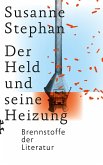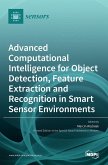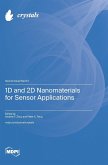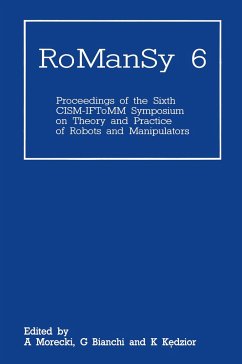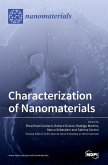The development of the miniaturized photoacoustic gas sensor, presented in this work, is part of the EU project "Environmental Sensors for Electrical Efficiency" (ESEE). Target applications of ESEE are the efficient indoor air quality management and presence detection in offices, public buildings, private homes and in aircraft cabins. The working principle of the gas sensor is based on the photoacoustic effect. One aim of this work was to derive a mathematical model to describe the physical effects leading to the detection of the CO2 concentration. The second aim was to characterize the demonstrator. Both of these aims were achieved and are explained in detail in this work.
Bitte wählen Sie Ihr Anliegen aus.
Rechnungen
Retourenschein anfordern
Bestellstatus
Storno


